
views
Filtering and Purifiying Drinking Water

Install a reverse osmosis water purifier on your faucet or under your sink. Buy a reverse osmosis purifier attachment for your kitchen faucet, or one that attaches under your kitchen sink. Follow the manufacturer's instructions to hook it up. Reverse osmosis is a process that removes calcium and other minerals from hard water. A faucet attachment is the easiest option if you simply want to remove calcium from your drinking water to improve the taste.
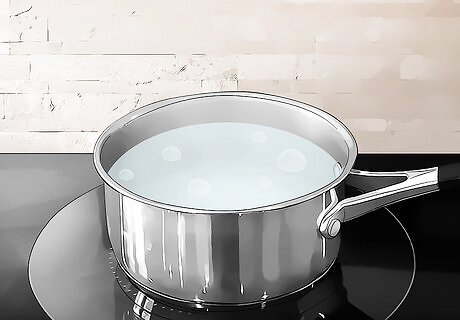
Boil drinking water to soften it for drinking. Boil a pot of water for 10 minutes and then let it cool. When you boil water you will remove some types of calcium mineral deposits, known as carbonate hardness, but not all types. Carbonate hardness that you can boil out of drinking water includes calcium carbonate, calcium bicarbonate, and calcium hydroxide.
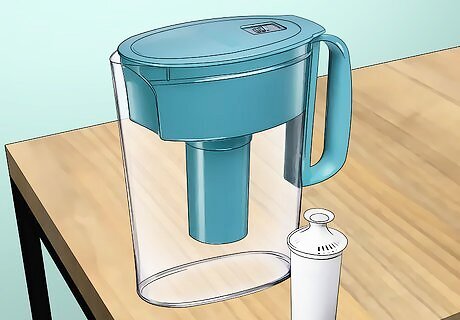
Use a Brita filter to improve the taste of drinking water. Use a Brita, or other type of carbon water filter, to purify drinking water when all you want to do is improve the taste. This will not remove calcium, but will remove chlorine and other chemicals and improve the taste of your water. Remember that calcium is actually a mineral that is good for you! Tap water is generally just as safe to drink as filtered water, so using a Brita or other purifier is just a matter of personal taste.
Professionally Installing a Household Water Softener
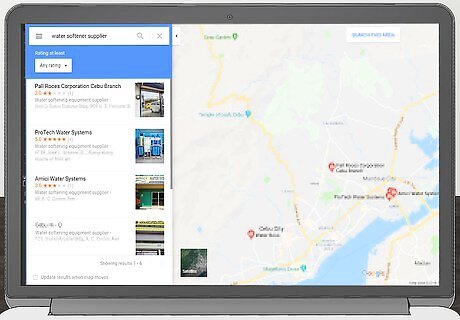
Find a water softener retailer in your area. Big home improvement centers usually sell water filtration systems. Call a plumber or look online to find a local water softener supplier if you don't have a home department store nearby. When you buy from a big retailer they often offer finance plans and full package deals that include installation. This helps with the financial part and saves you the trouble of finding an installer.
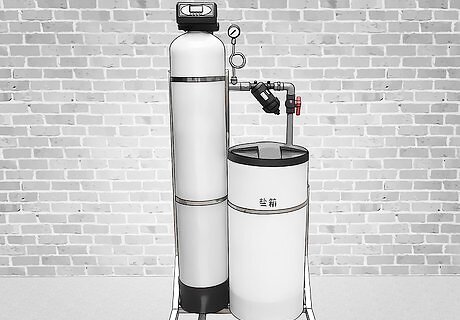
Pick out a salt-based water softener system to install. Salt-based water softener systems are the best option to prevent calcium buildup and filter calcium out of your water supply. Talk to the professionals at your local retailer or research online to find a water softener that suits your budget and plumbing system. Salt-based water softener systems are very cheap to run after you install them. The only ongoing expense is salt to refill the tank when it gets low, and a good system will last for years.
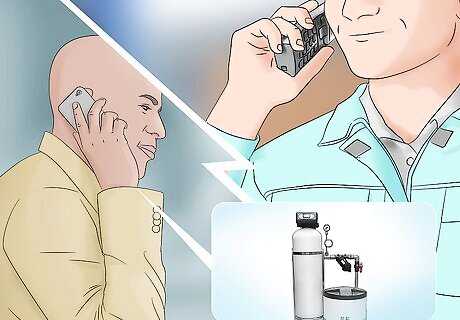
Set an appointment with a plumber or water filter installer to put in the system. Home improvement centers will be able to provide you with a contractor to install the system. Call a plumber to install the system if you did not purchase the system at a home department store. When you don't have any plumbing experience it is best to call a professional to install the water softener in your home. The installation will only take 2-3 hours.
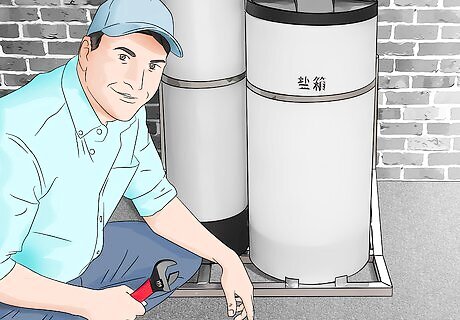
Install the water softener near your water heater and a drain. The professional who installs your water softener will know where to put the system. Show them where your water heater is and where the shutoff valve to your water supply is so that they can install the water softener in your basement or utility closet. Install the water softener close to where the water supply enters your home. A nearby drain is necessary to carry away the discharged water from the system. Make sure to install the water softener in a place that does not block access to your water supply shutoff valve or the water heater.
Installing a Household Water Softener Yourself

Determine if you are able to install a water softener yourself. You need at least mid-level plumbing knowledge to install a water softener filtration system. If you do not have any plumbing experience then call a professional to install the system. Remember that you may need to cut into pipes if your home is not already plumbed for a water softener.
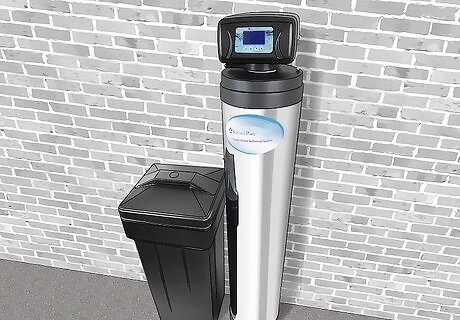
Buy a salt-based household water softener at a local retailer. Go to your local home improvement center and consult the professionals working there about the different options. A salt-based system is the most efficient type of water softener to deal with hard water problems. A salt-based water softener will last for many years and the only ongoing cost is to refill the salt in the tank.
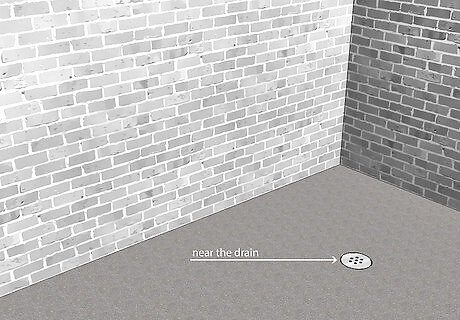
Locate the best place to install the water softener. Determine where the water supply enters your house. Keep in mind that you also need a nearby drain. Inside the utility closet or in your basement close to wherever the water heater is located is generally a good place to install the water softener. Make sure that the system will not block access to your water heater or the water supply shutoff valve after you install it. Don't install the water softener anywhere that receives direct sunlight or where the temperatures drop below freezing. Excessive sun can distort parts of the system and freezing temperatures will stop it from working.

Turn off the water supply valve for your whole house. Locate the water supply shutoff valve. If you do not know where it is then consult the blueprints for your house. Turn the valve clockwise until it is fully closed to shut off the water supply. The water supply shutoff valve is usually located on the inside of a wall near an outdoor faucet on the other side of the wall.
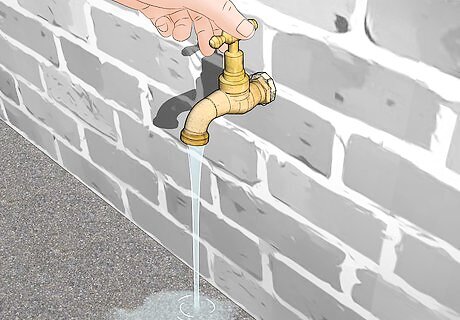
Turn on the lowest tap in your home to drain the lines. The lowest tap in your house is the one on the lowest floor level, in your basement or on the bottom floor. Turn it on until water stops coming out to drain your whole plumbing system. Make sure to do this to avoid water spills if you need to cut into ay pipes to install the water softener.
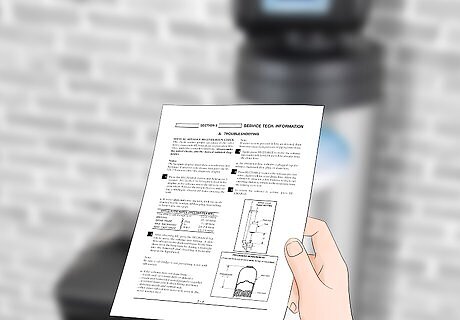
Follow the manufacturer's instructions to install the water softener. The directions will tell you where you need to cut into the water line, what kinds of fittings to install, and how to connect the water softener to the line. They will also instruct you how to properly start up the system and set up the flushing schedule. It will take no more than half a day to install the system if you are proficient in plumbing. Remember to follow the manufacturer's recommendations for filling the system's tank with salt.
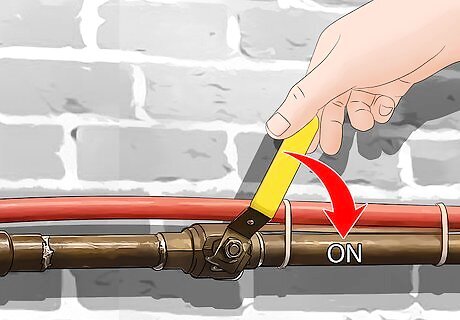
Turn the water supply valve back on and check for leaks. Stand by the newly-installed water softener when the water supply is turned on to make sure no water is leaking out of the new connections. If there are any leaks, then shut off the supply, drain the lines, and seal the pipes with plumber's thread tape. Make sure the water softener overflow tube is located above a drain.

















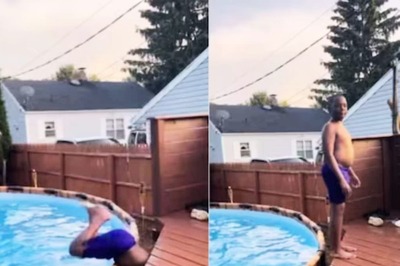


Comments
0 comment